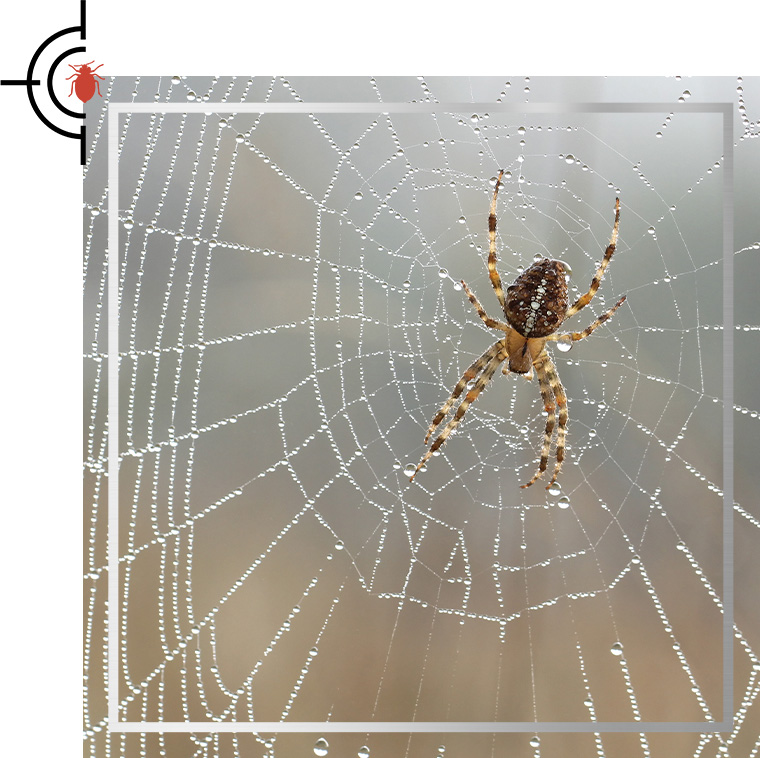
Learn More About Spiders
Spiders are common in New England, with various species inhabiting homes and gardens. While most are harmless, some can pose risks. Knowing their biology helps in effective control.
Fast Response Guaranteed
At Pest Assassins, we pride ourselves on our quick response to pest issues, ensuring your home remains safe and comfortable. Trust us to handle your spider concerns efficiently.

Frequently Asked Questions
Still have questions or can't find the answer you need? Give us a call at 877-665-2667 today!
-
Why are spiders attracted to my home?Spiders are often drawn to homes due to the availability of food sources, such as insects, and suitable hiding spots. They thrive in environments where they can find shelter and prey, making your home an ideal location.
-
How can I prevent spiders from entering my home?To prevent spiders, ensure that windows and doors are sealed properly, reduce clutter, and eliminate other pests that may attract them. Regular cleaning and maintenance can also deter spider infestations.
-
Are spiders harmful to my family?Most spiders are harmless and beneficial as they help control pest populations. However, some species, like the black widow or brown recluse, can pose health risks. Although dangerous spiders are rare in New England It's important to properly identify the type of spider before taking action.
-
When should I call Pest Assassins for help?If you notice a significant increase in spider activity or if you suspect the presence of harmful species, it's time to contact Pest Assassins. Our team can assess the situation and provide effective pest control solutions.
-
What types of spiders are common in New England?
- Common spiders in Rhode Island and Massachusetts include the house spider, wolf spider, and cellar spider. Each species has its own habits and preferences, but they all seek out similar environments that provide food and shelter.
